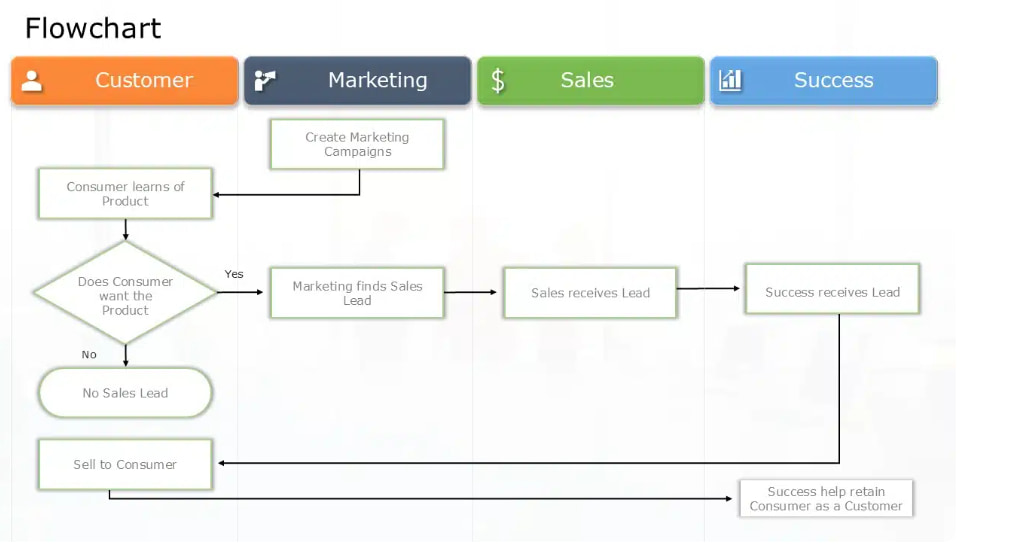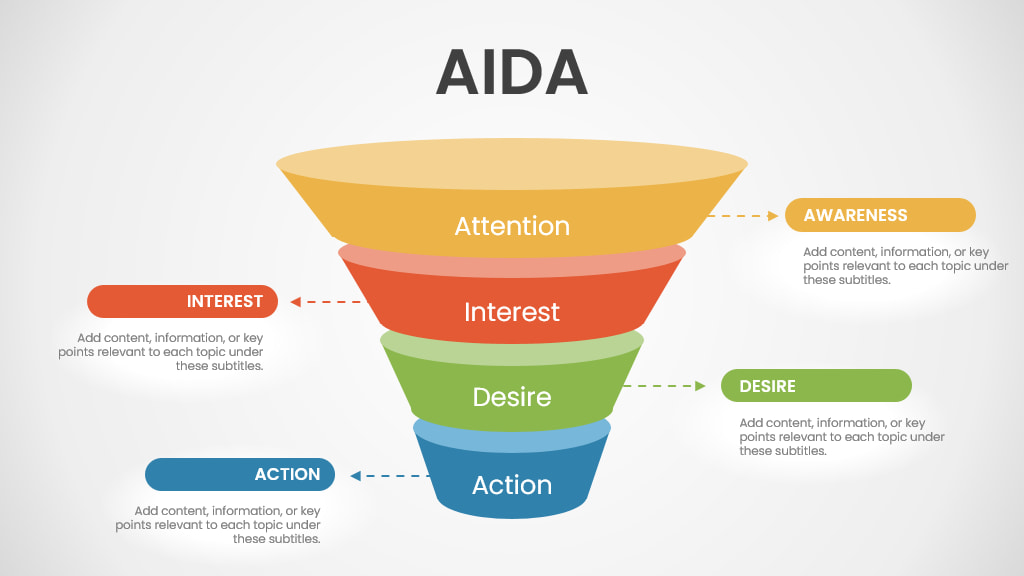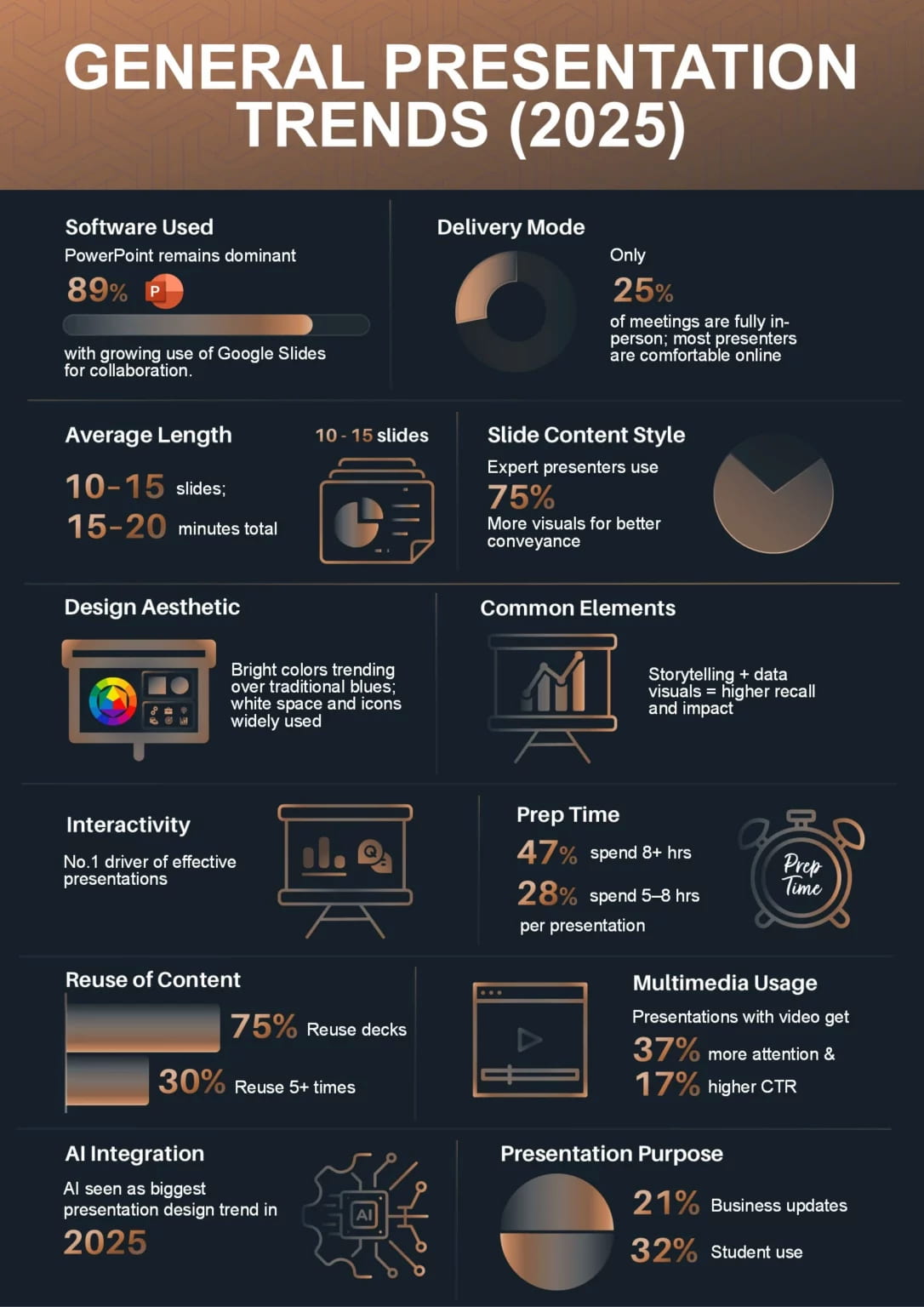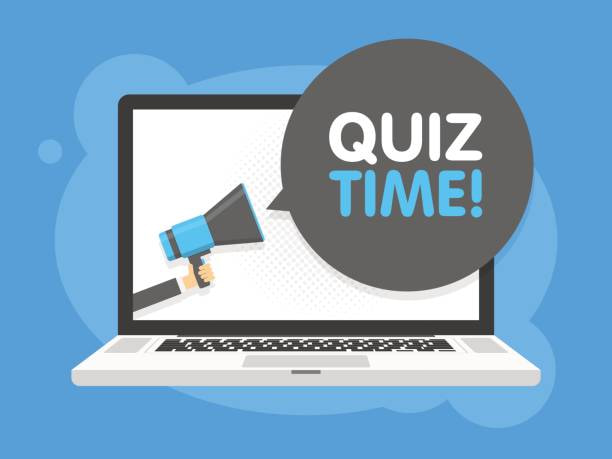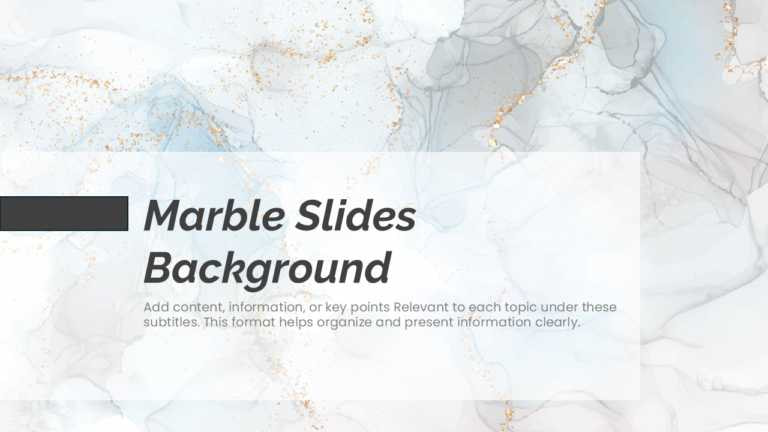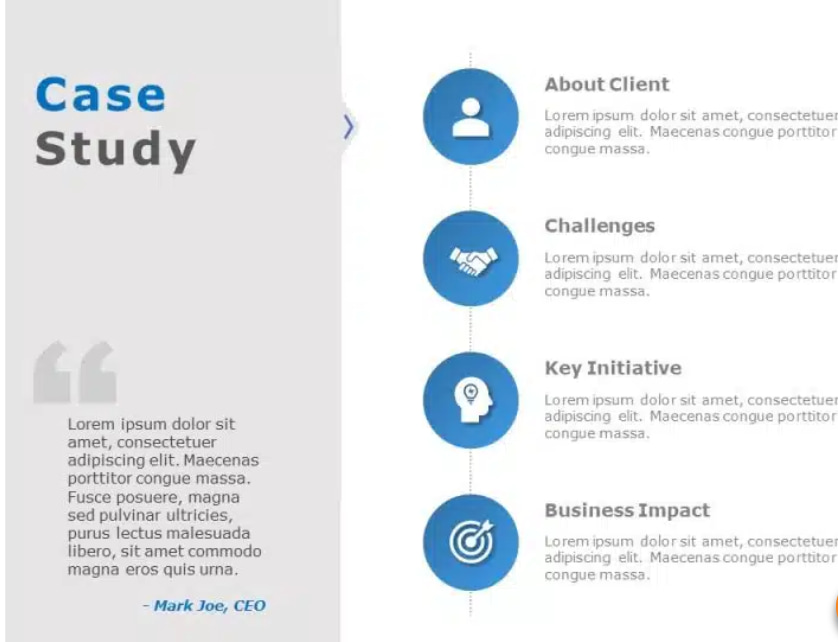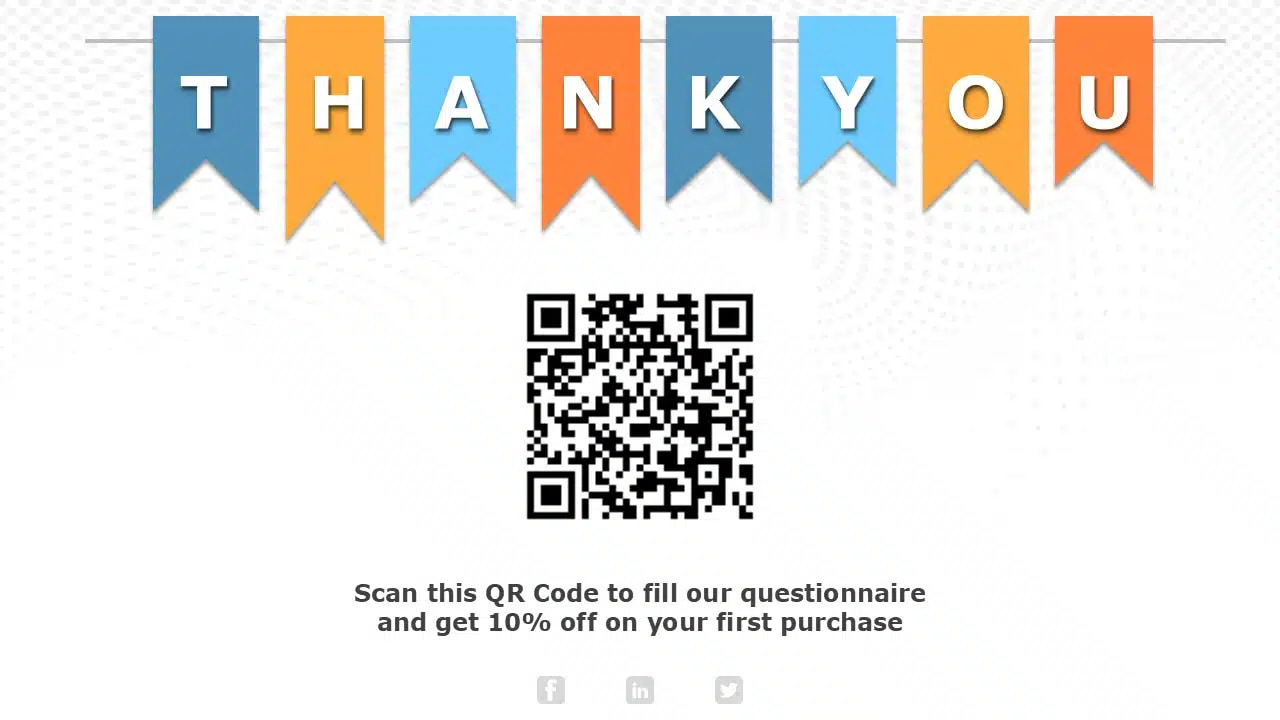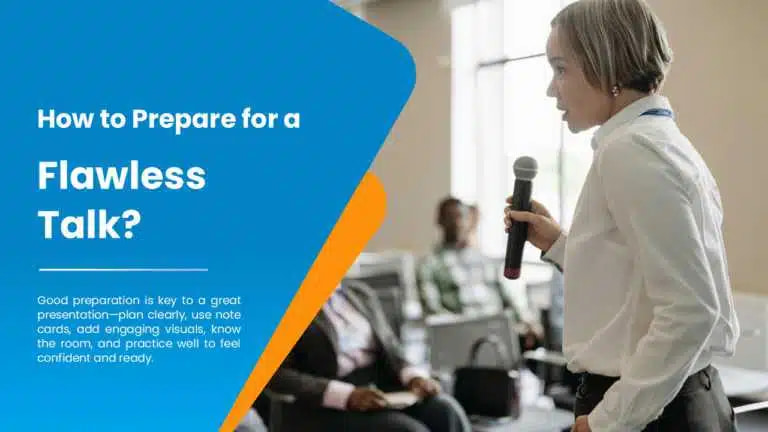The structured framework provided by presentation templates helps marketers simplify their content delivery while maintaining both clarity and persuasive impact. The use of frameworks helps marketers simplify complex information together with multiple messaging goals into smaller understandable parts.
The implementation of frameworks across your funnel system produces consistent communication while delivering stage-specific information to prospects. The clear path of guidance enhances understanding while building prospect confidence which results in better conversion rates.
A typical marketing funnel consists of awareness followed by consideration then decision stages. The communication requirements at different stages of the sales process depend on how prospects intend to progress. The implementation of particular frameworks for each phase results in a tailored message delivery.
The customization process helps maintain audience interest and minimizes confusion which produces an efficient path to conversion. SlideUplift together with other presentation frameworks help prospects navigate each phase of their funnel by providing clear visual direction and verbal explanations.
Source: Flowchart
Table of Contents
Understanding Conversion Paths is Essential for Your Funnel
A conversion path represents the consecutive actions that customers perform before reaching their final goal including purchases or sign-ups. Path optimization stands as a vital process because it produces smooth experiences that decrease obstacles while enhancing involvement which ultimately drives higher conversion numbers. When prospects understand their following actions easily they become less likely to leave the process.
The main issues businesses encounter with their conversion paths stem from disorganized or unclear communication systems that produce frustration alongside missed business possibilities. The inconsistent messaging and complicated next steps create feelings of overwhelm in potential customers.
Customer confidence grows stronger while conversion speeds up when the alignment occurs. Meanwhile, guides on building effective sales funnels from Kyleads can help marketers structure these paths efficiently. Customer confidence grows stronger while conversion speeds up when this alignment occurs.
Common Challenges in Conversion Paths
- The combination of complex messages with disorganized presentation elements makes prospects uncertain which leads to abandonment of the conversion process;
- Information inconsistencies that conflict with each other will decrease both credibility and trust levels among customers;
- When visual aids are absent or unclear prospects become less engaged and face challenges following the next steps in the conversion process.
Top Presentation Frameworks That Improve Conversion Paths
Source: Aida Framework
The AIDA Framework (Attention, Interest, Desire, Action)
The AIDA model represents an enduring marketing framework which divides messages into four essential stages that direct prospects toward taking action. The first element captures attention by using attention-grabbing headlines or visuals. After that stage it develops interest through the presentation of related information and advantages.
It generates desire through the demonstration of how your solution addresses the prospect’s challenge. The final stage directs action through explicit instructions that prompt visitors to click buttons or submit forms.
This structured method makes it easier to develop content while providing a logical sequence that advances prospects through the funnel. AIDA proves useful in sales presentations together with email campaigns and landing pages because it effectively guides attention. The framework can be easily implemented through Free PowerPoint Templates which enable marketers to create professional presentations quickly.
The Problem-Agitate-Solve Framework
PAS serves as an extremely compelling storytelling system. The first step of the process identifies problems which your target audience currently experiences. The second stage of the process makes the problem worse by demonstrating its negative effects and emotional distress it creates. The third stage offers your product or service as the solution to the problem.
The presentation of negative outcomes due to inaction within PAS builds emotional motivation. The prospects develop an understanding of problem costs which drives them to take instant action. The PAS approach delivers maximum effectiveness during sales presentations that aim to convert prospects.
Source: Unsplash
How to Integrate Frameworks Into Your Funnel Stages
People encounter your brand and products for the first time during the awareness stage. Your main objective is to attract their interest and start them thinking about your product. Use visually appealing slides along with basic language and storytelling structures based on AIDA to make your content more relatable to your audience. Your brand should present relatable problems to prospects while showing itself as their helpful guide.
Produce persuasive calls to action that lead prospects toward additional content or subscription options. Your goal at this stage is to turn website visitors into qualified leads by creating both interest and confidence.
Source: General Presentation Statistics and Trends 2025
Consideration Stage Presentations
Prospects at the consideration stage weigh multiple solutions to address their issues. Your presentation should provide thorough descriptions about the advantages and characteristics of your product. Your claims need support from data alongside case studies and testimonials which will establish credibility.
The presentation of complex information becomes clearer when you employ visual elements such as charts and graphs and comparison tables. Address common objections proactively. The presentation frameworks organize complex information into an understandable format so prospects can comfortably evaluate and compare options.
Decision Stage Presentations
Your prospects are prepared to make a purchase commitment at this point yet they require assurance. Present your unique value proposition with direct simplicity. Real-world results become evident through the presentation of customer testimonials and success stories and case studies.
Direct calls to action like “Buy Now,” “Schedule a Demo,” and “Get Started Today” should be used in your presentation. The buying process should have no obstacles to follow for customers. The conclusion of your presentation should use effective frameworks to create a compelling call to action which generates conversions.
Importance of Visual Storytelling
Through the use of visual storytelling in presentations viewers become more able to understand information while the audience remains actively engaged. Visual presentations featuring charts, diagrams and structured layouts enable prospects to comprehend conversion processes more efficiently. The use of visual signals produces both clarity and strengthens main messages to boost the progression toward subsequent funnel stages.
Integrating Interactive Elements
The combination of interactive elements like polls quizzes and clickable diagrams maintains viewer interest. The marketing tool KyLeads enables marketers to add quizzes and popups which allow real-time user segmentation. The combination of engagement techniques helps improve attention span while obtaining valuable data to enhance funnel messaging which creates an optimized feedback loop that refines conversion paths.
Source: Istock
Optimizing Slide Layouts for Clarity
All slide layouts need to maintain simplicity while following hierarchical structures. The combination of headlines with subheadings along with brief bullet points enables effective message delivery without overwhelming the viewers. The use of consistent alignment with defined color schemes creates a clear path for viewers to consume essential conversion path information.
Source: Simple presentation background template
Measuring the Impact of Framework-Based Presentations
The measurement of presentation framework influence on funnel metrics stands as an essential practice. Check how your presentation slides affect audience engagement along with drop-off rates and CTA response levels to determine which slides generate conversions. Through data-driven modifications marketers can confirm framework effectiveness which leads to continuous improvement of their guide-the-prospect-through-the-funnel strategy.
The key to track presentation influence on conversions is through visualizing engagement data. The Audience Engagement Presentation: Statistics & Trends 2025 template enables marketers to present statistics in a clear manner which supports better decision-making.Tracking performance through an analytics and reporting dashboard allows marketers to optimize their funnel for better conversions.
Source: Audience Engagement
Combining Frameworks for Maximum Effect
No single framework fits all funnel stages. AIDA and PAS alongside other narrative structures work together to strengthen message delivery. The AIDA framework maintains audience attention and develops desire but PAS directly handles particular pain points. Strategic implementation of different frameworks creates powerful communication that drives better conversion performance across the entire funnel process.
Enhancing Presentations with Case Studies
The use of authentic case studies or achievement stories helps build trust while making information more relatable to viewers. The presentation frameworks enable users to effectively place these examples into their content. Real-life examples enable prospects to witness tangible outcomes which strengthens their trust and motivates them to proceed confidently along the conversion path thus lowering their hesitation at essential funnel points.
Source: CaseStudy
Importance of Consistent Calls-to-Action
A slide deck should finish with specific calls-to-action that match the current stage. Awareness stage would direct users to subscribe to a newsletter while consideration stage would direct them to product demos and decision stage would lead to purchase links. Structured frameworks help organizations place their CTAs in logical positions to preserve conversion path alignment and achieve better outcomes.
Source: CTA
The following practical guidelines will assist you in developing presentations based on frameworks which produce effective results
- Each slide should present a single concept to stop overwhelming your viewers with too much information;
- A professional and cohesive presentation requires using the same fonts and colors as well as consistent layouts;
- The presentation should include images and charts with icons to make the main points clear and easier to understand;
- Present data in a concise manner while emphasizing the key findings;
- Every presentation must end with an actionable CTA which should match the current funnel stage.
The implementation of these best practices leads to presentations which both engage audiences and follow easily while driving conversions.
Source: Pexels
The implementation of presentation frameworks results in several benefits which enhance conversion rates.
- Complex information becomes easier to understand when presentation frameworks organize it in simple terms for audience comprehension;
- The structured nature of frameworks minimizes confusion by delivering messages without ambiguity;
- The delivery of consistent clear and persuasive messaging through frameworks helps build trust and establish credibility;
- The final result of conversion rate enhancement occurs through logical and emotional progression of prospects through the sales funnel.
Through these frameworks marketers can develop scalable content which accelerates their funnel performance.
“Good communication is the bridge between confusion and clarity.” – Nat Turner.
Source: Public Speaking Skills Presentation
Conclusion
Marketers who want to maximize conversion rates across their sales funnel should use presentation frameworks as essential tools. The content creation process becomes easier because these frameworks offer guidelines to develop clear and compelling content which connects with prospects at each stage.
Marketers who use AIDA and PAS frameworks learn to meet their audience needs while simplifying their messages to drive decisive actions.Your sales decks and landing pages and marketing materials will improve audience understanding while reducing customer journey obstacles by incorporating these frameworks. The structured approach enhances both lead quality and conversion rates which results in stronger revenue growth.
The time spent learning presentation frameworks enables marketers to achieve better competitive positioning in their market. Start implementing these frameworks immediately to enhance your funnel performance while developing enduring customer connections.
